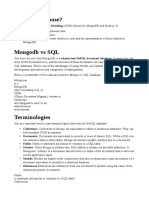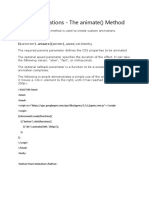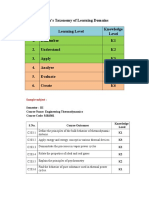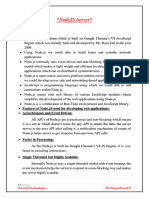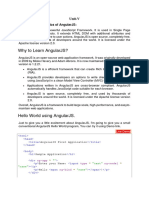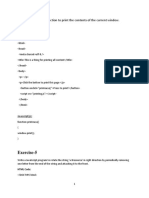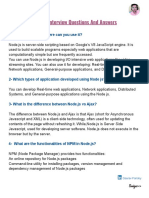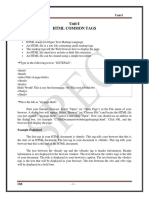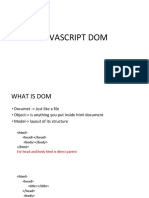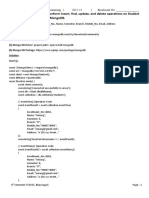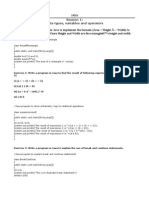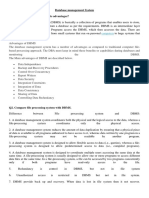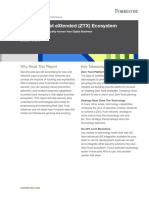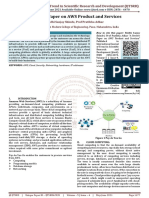0% found this document useful (0 votes)
21 views8 pagesMongoose
Mongoose is a MongoDB Object Data Modeling (ODM) library for Node.js that simplifies data modeling, CRUD operations, and validation. It allows developers to define schemas, create models, and perform complex queries while providing features like middleware, virtuals, and population. Mongoose also supports advanced functionalities such as transactions and the aggregation framework to enhance data management and application robustness.
Uploaded by
Raaz gamingCopyright
© © All Rights Reserved
We take content rights seriously. If you suspect this is your content, claim it here.
Available Formats
Download as PDF, TXT or read online on Scribd
0% found this document useful (0 votes)
21 views8 pagesMongoose
Mongoose is a MongoDB Object Data Modeling (ODM) library for Node.js that simplifies data modeling, CRUD operations, and validation. It allows developers to define schemas, create models, and perform complex queries while providing features like middleware, virtuals, and population. Mongoose also supports advanced functionalities such as transactions and the aggregation framework to enhance data management and application robustness.
Uploaded by
Raaz gamingCopyright
© © All Rights Reserved
We take content rights seriously. If you suspect this is your content, claim it here.
Available Formats
Download as PDF, TXT or read online on Scribd
/ 8
